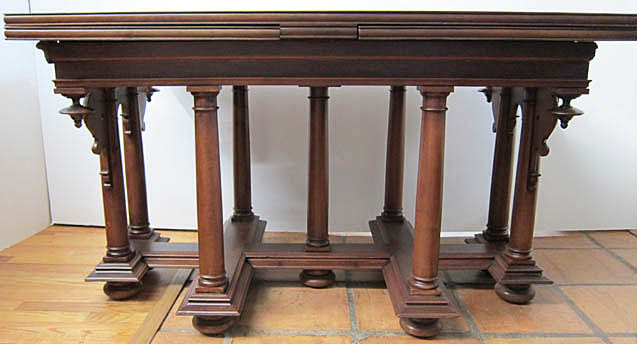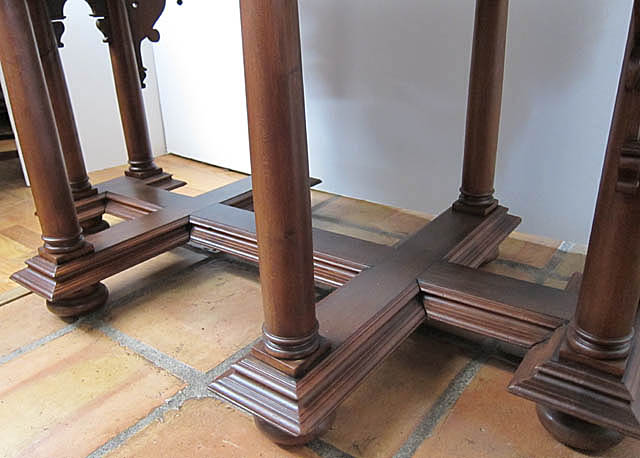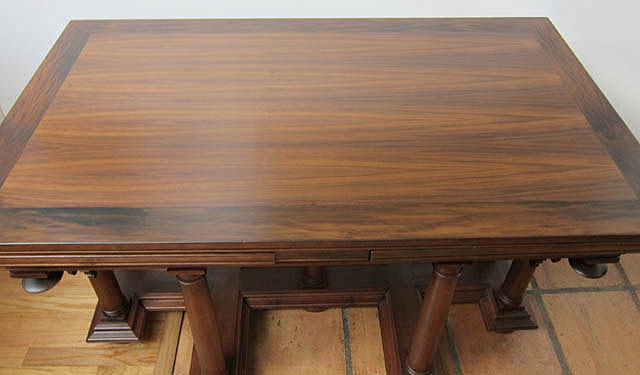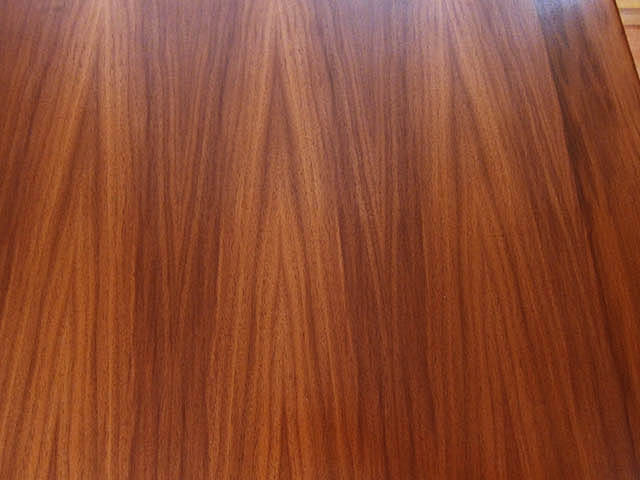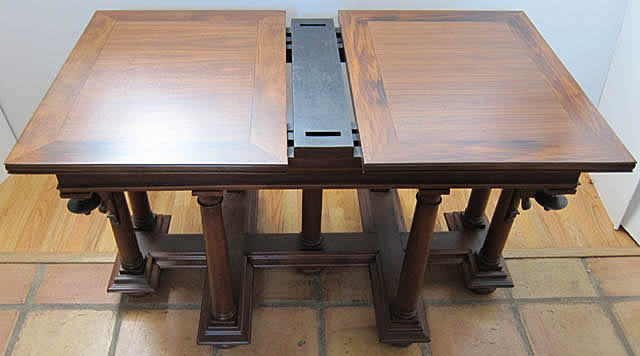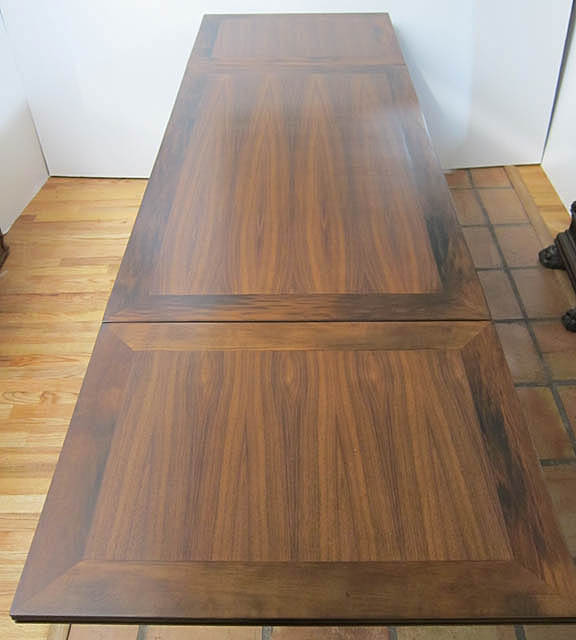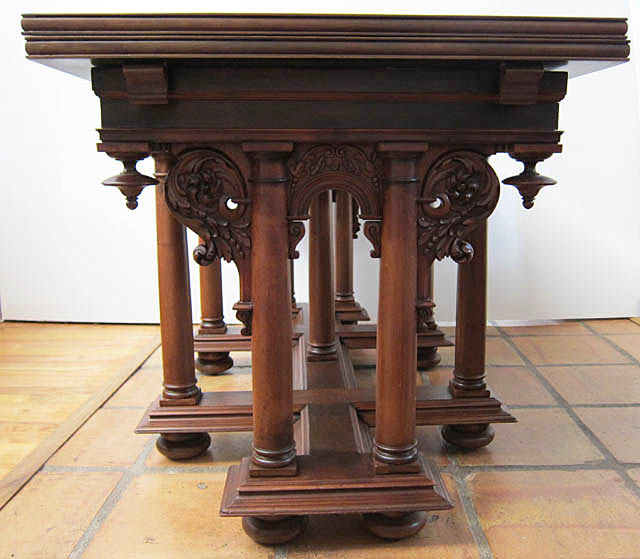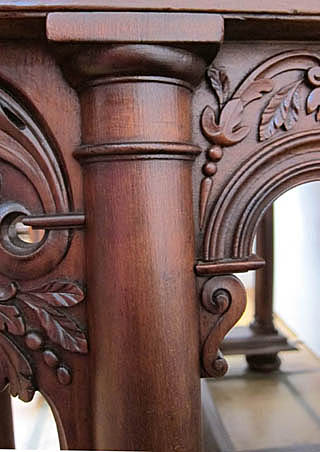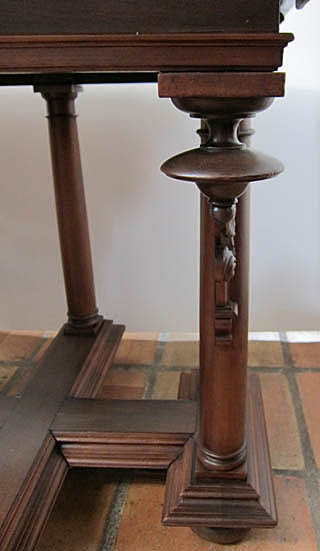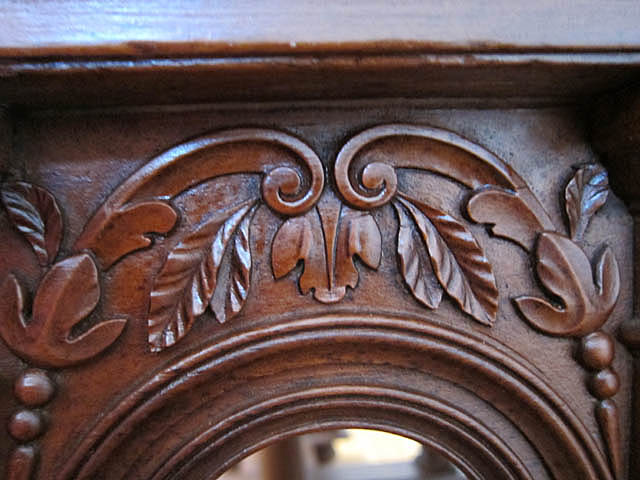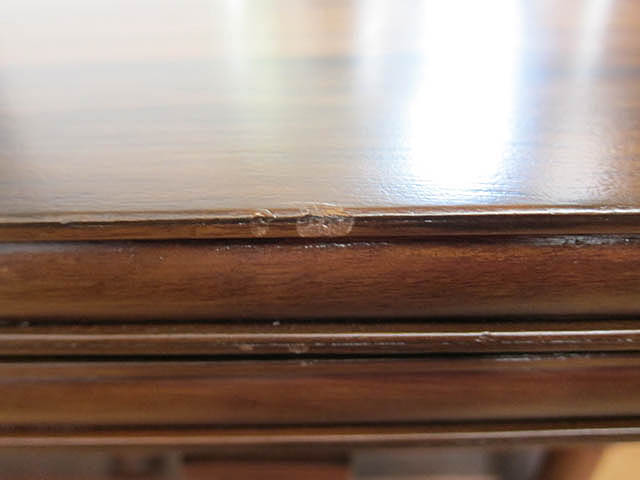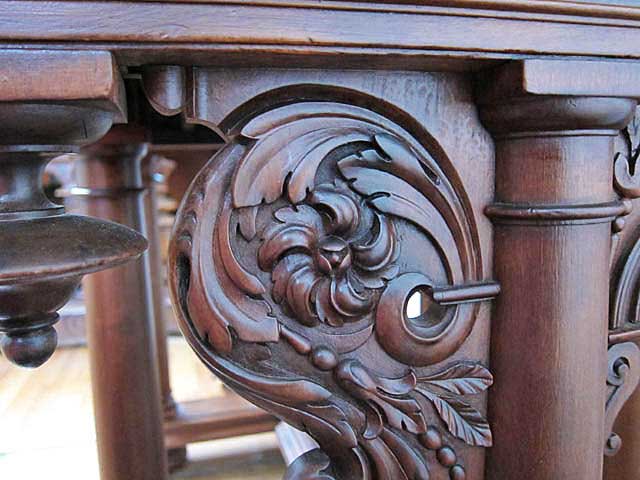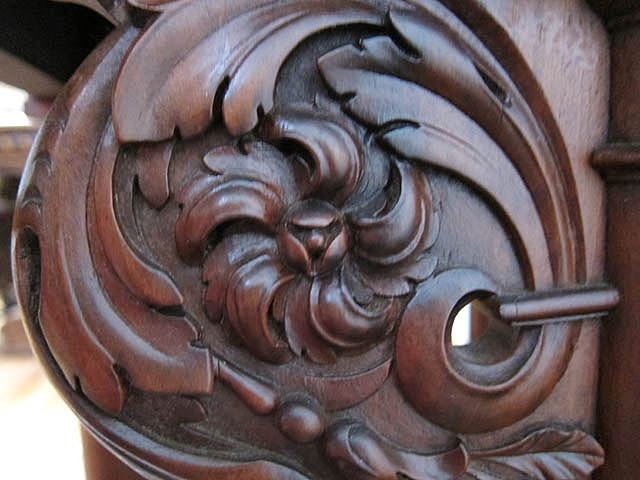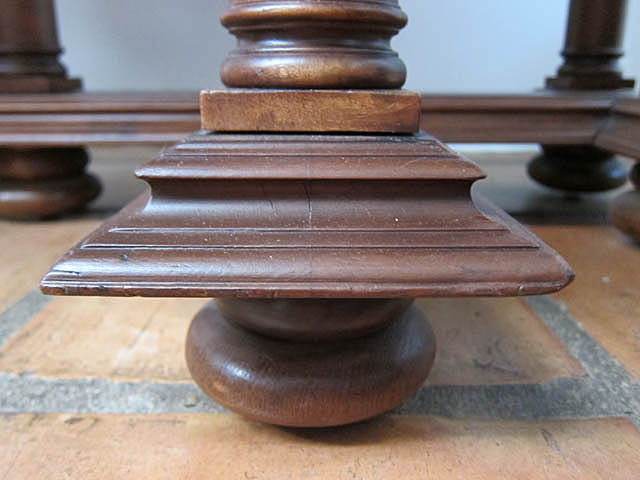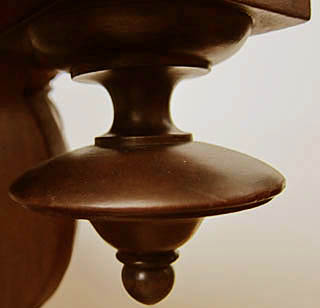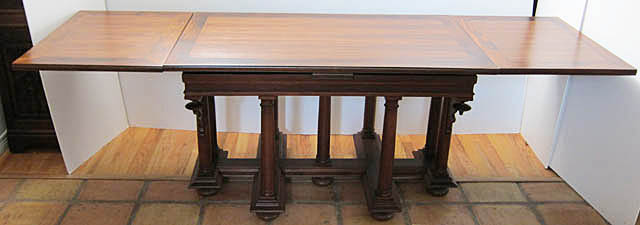
This table is in our collection because of its base. Known in the French antique world as a table croix de Lorraine (cross of Lorraine table) because of the shape of the base, the origins of the style are nonetheless Italian, like so much of Renaissance design that crossed the Alps in the brains of Catherine de' Medici's Florentine artisans, back when she married the future King Henri II of France.
The appellation Cross of Lorraine was attached to this type of table in more recent times, evoking everything from Joan of Arc during the Hundred Years War, to the Dukes of Anjou, to the French Resistance movement during World War II and a film with that title starring Gene Kelly. What distinguishes the Cross of Lorraine from other crosses is that it has two horizontal crossbars rather than the one crossbar characteristic of the Latin Cross.
A typical croix de Lorraine table was small, based on a 16th century design for a library table, and almost austere in its lack of decoration The base was comprised of a substantial, architectural moulding in the shape of central stretcher with two cross-bars. Tables could have as many as six crossbars and anywhere from seven to eleven vertical supports in the form of unfluted, Doric columns. The typical adornment was limited to toupies (pendentives or finials), extending downward, at the four corners of the table.
This table is faithful to the original Renaissance design, right down to the extensions, as seen in two tables (formerly in the collection of Mme Jacqueline Boccador) that were made in Lyon between 1570 and 1580 (page 277 of Madame's work, referenced below). Just as with the older versions from Lyon, our table is characterized by a light walnut color with a richness of grain that reinforces the notion that the wood itself is the focus and little ornamentation is necessary.
What ornament there is involves embellishment at the ends, below the top at the intersection of the legs and the frieze. A flourish in the form of a coiled acanthus leaf surrounding a flower is found at the outer edges of each end and a simple garland decorates the arch uniting the tops of the two columns.
Completing the homage to the Renaissance croix de Lorraine design are toupies at the four corners of the table in a simple acknowledgement of its ancestry tied to the Renaissance library table.
Overall, this table is constructed in the same manner as its Renaissance forebears with the top extending lengthwise in a draw-leaf fashion (entretoise). As shown below, the top is removed and the leaves are extended to their full length.
Where this table differs from the typical Renaissance design is in the construction of the top. Instead of single planks, the central portion and the two extensions are each a lighter colored wood veneer within a darker frame, intended to draw attention to the grain of the central portion. When the table arrived, the veneer was damaged. It has been replaced with a wood veneer evoking Renaissance-era walnut.
The most representative color, given the challenges of photographing dark furniture, is in the image at the top of this page.
Reference
Ader-Tajan, Collection Bruno Perrier Haute Epoque (Catalog for Sale at Auction on April 6, 1992 at the Hôtel Drouot, Paris); Boccador, Jacqueline, Le Mobilier Français du Moyen Age à la Renaissance (Editions d'Art Monelle Hayot, Saint-Just-en-Chaussée, 1988); Thirion, Jacques, Le Mobilier du Moyen Age et de la Renaissance en France (Editions Faton, Dijon, 1998); Un Temps d'Exubérance, Les Arts Décoratifs sous Louis XIII et Anne d'Autriche, Paris, Galeries Nationales du Grand Palais (Réunion des Musées Nationaux, 2002).
Uses
This table is not only a magnificent example of Renaissance design at its best, but also the focal point for attention wherever it is placed. Because of its small size it can be used as a desk, occasional table, console table behind a sofa or even as a coffee table. Due to the extensions, it would also be suitable as a small dining table for a kitchen alcove or other dining area.
